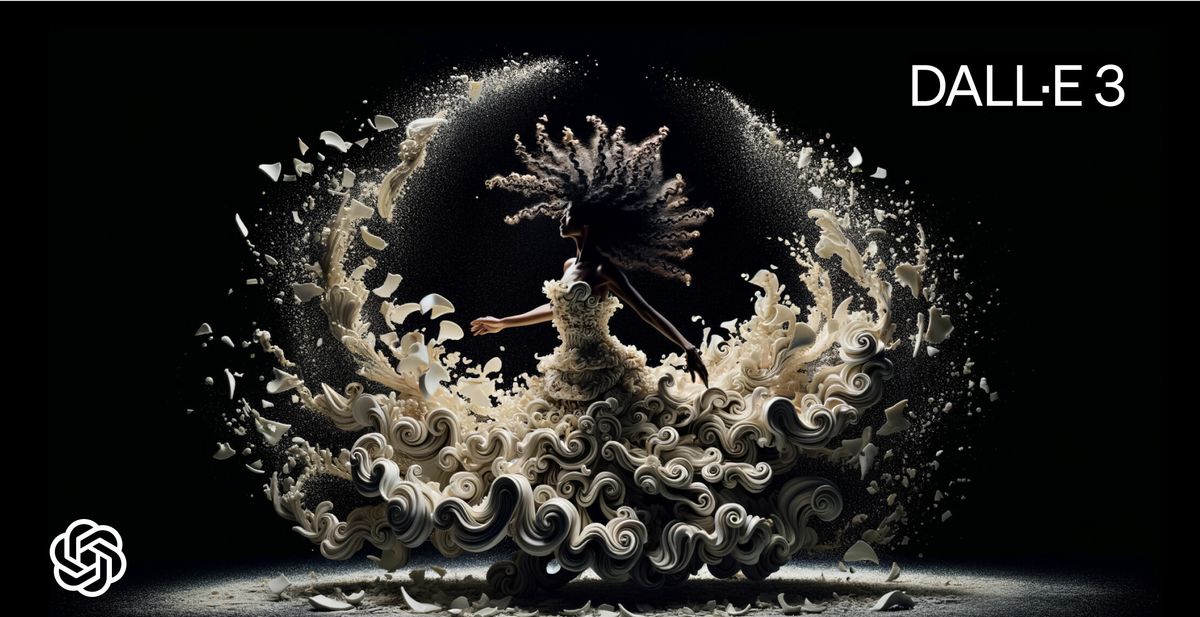
OpenAI has announced DALL·E 3, its latest iteration in text-to-image generation technology. The new system demonstrates significantly enhanced abilities to create detailed, nuanced images that closely match complex textual descriptions compared to previous versions.
The capabilities of DALL-E 3 represent a major leap forward in text-to-image synthesis, allowing users to translate their ideas into remarkably accurate visual depictions with relatively minimal effort. According to OpenAI, DALL-E 3 can readily handle prompts requesting specific objects, relationships between elements, and other intricate details that often tripped up earlier AI image generators like DALL-E 2.
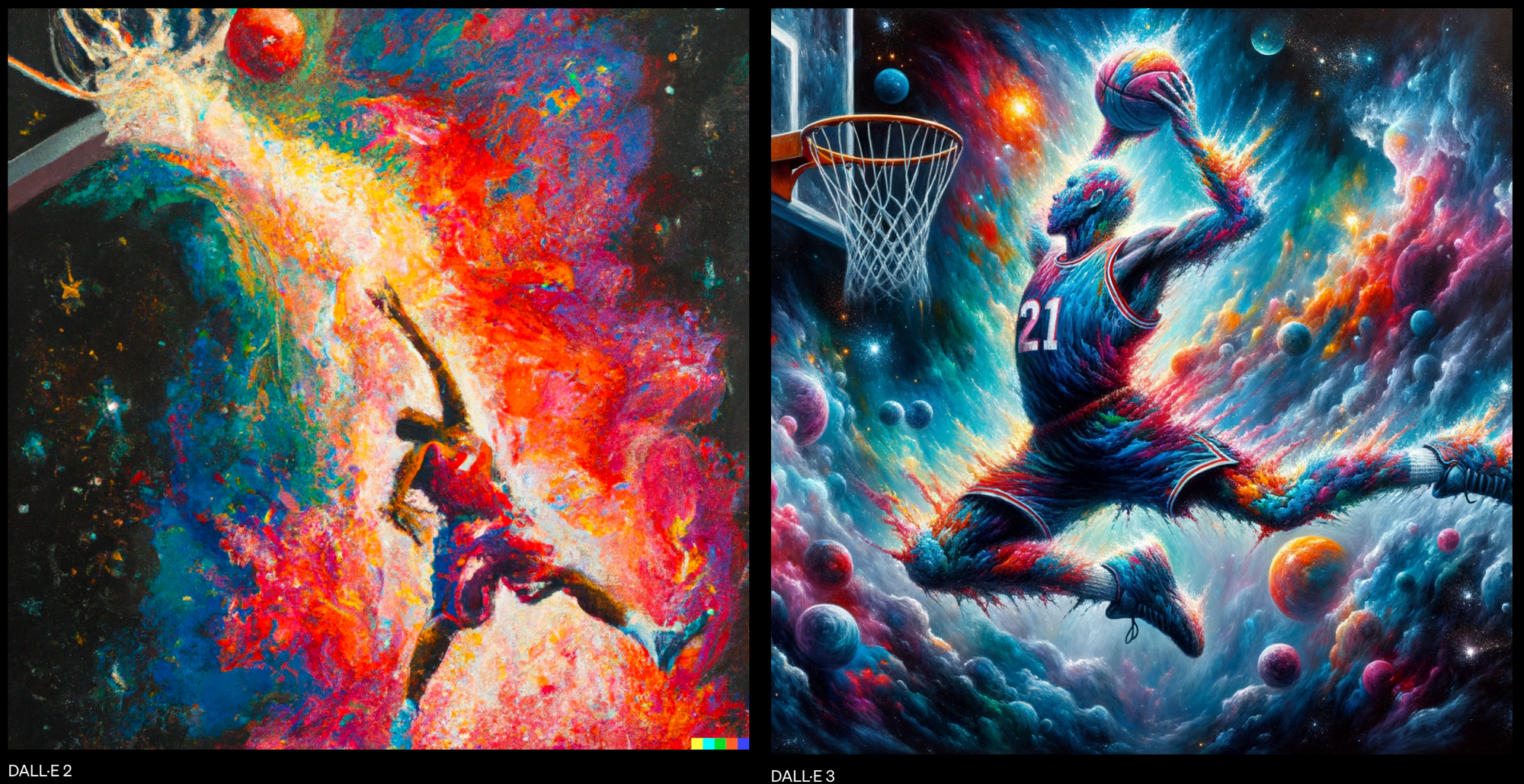
Some examples highlighted by OpenAI include DALL-E 3’s improved precision when generating images with text embedded in them, as well as better rendering of tricky elements like human hands. The system is also adept at automatically generating visually engaging images without requiring users to employ special techniques to “prompt engineer” the desired qualities.
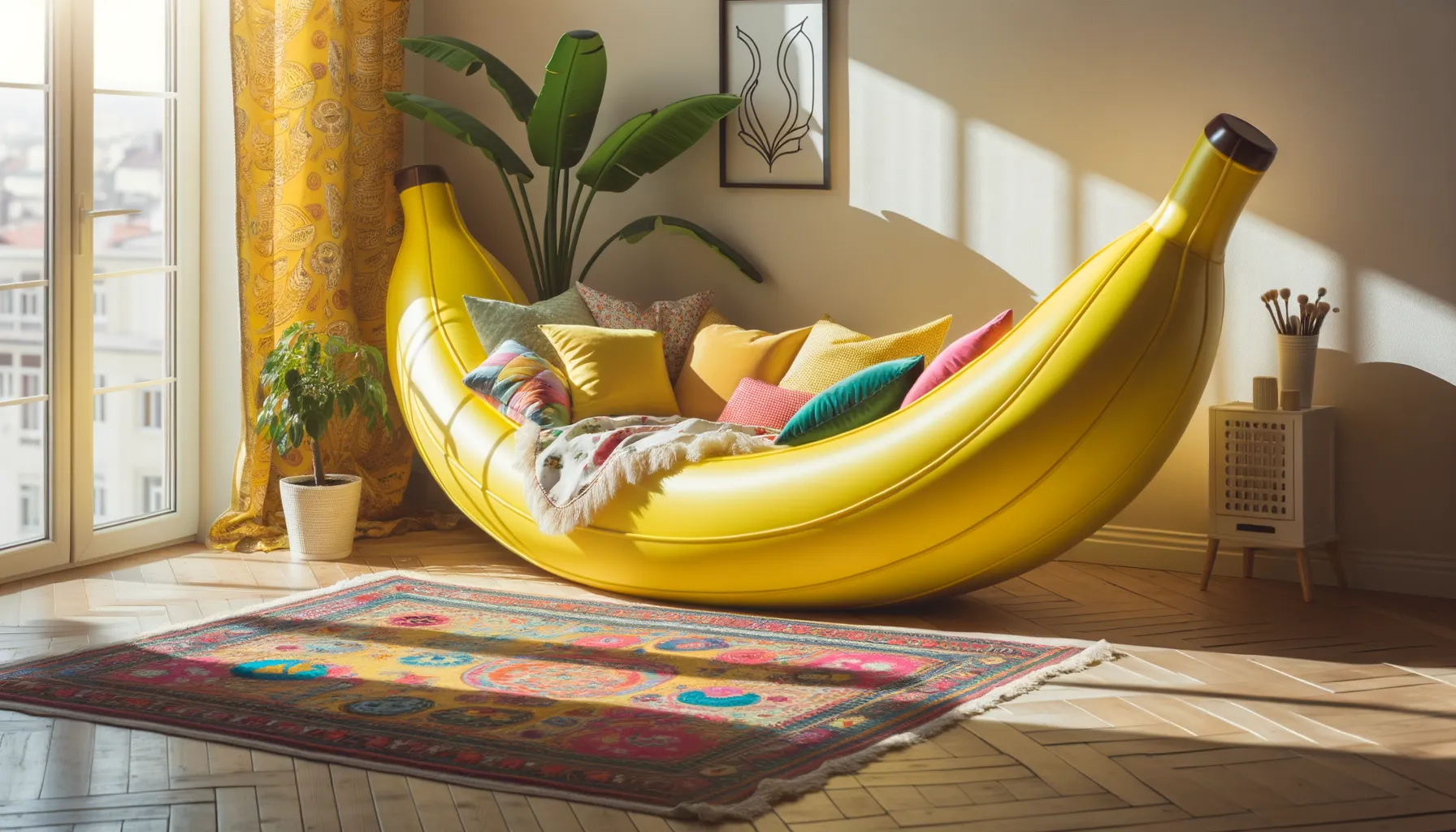

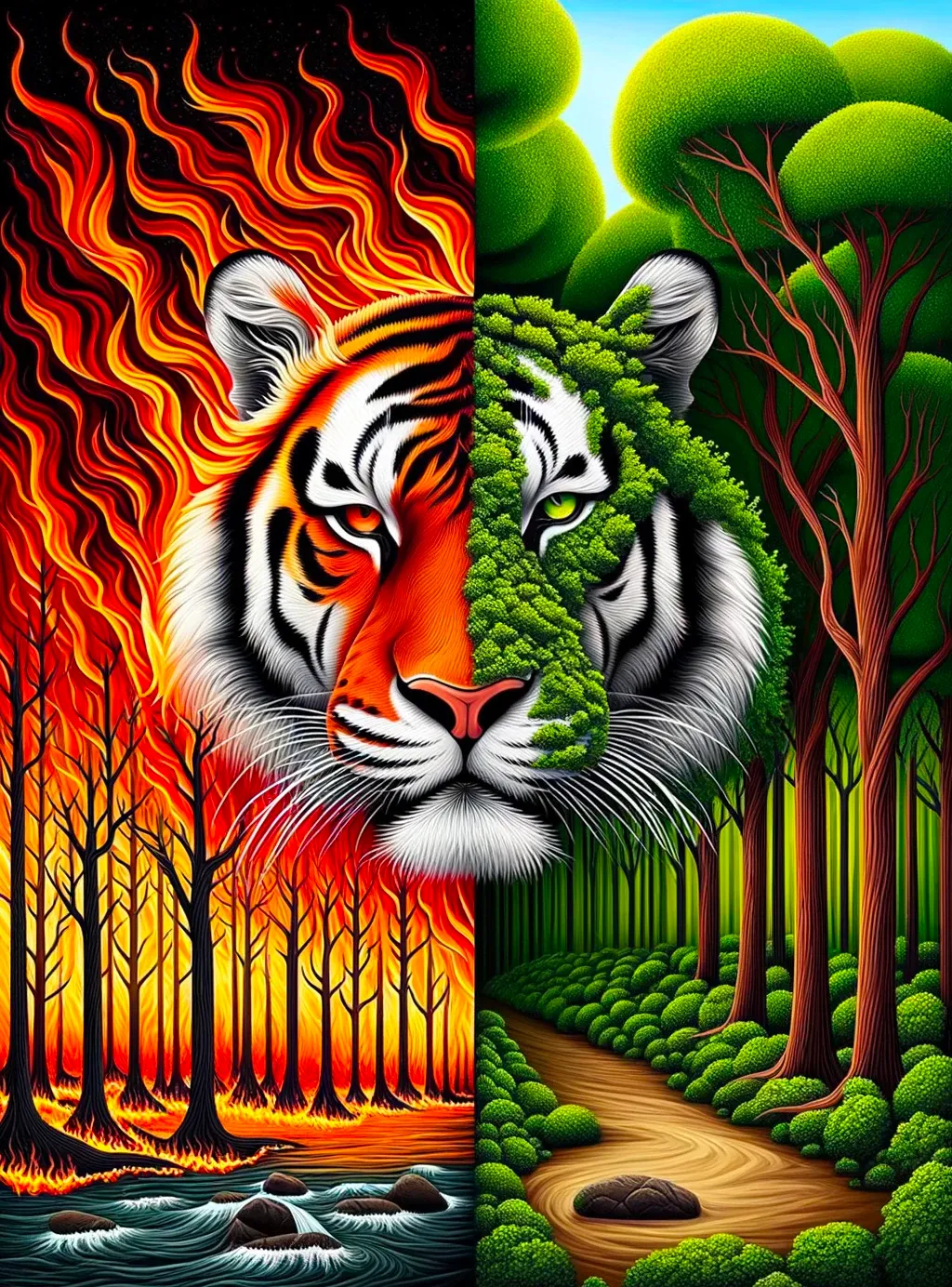

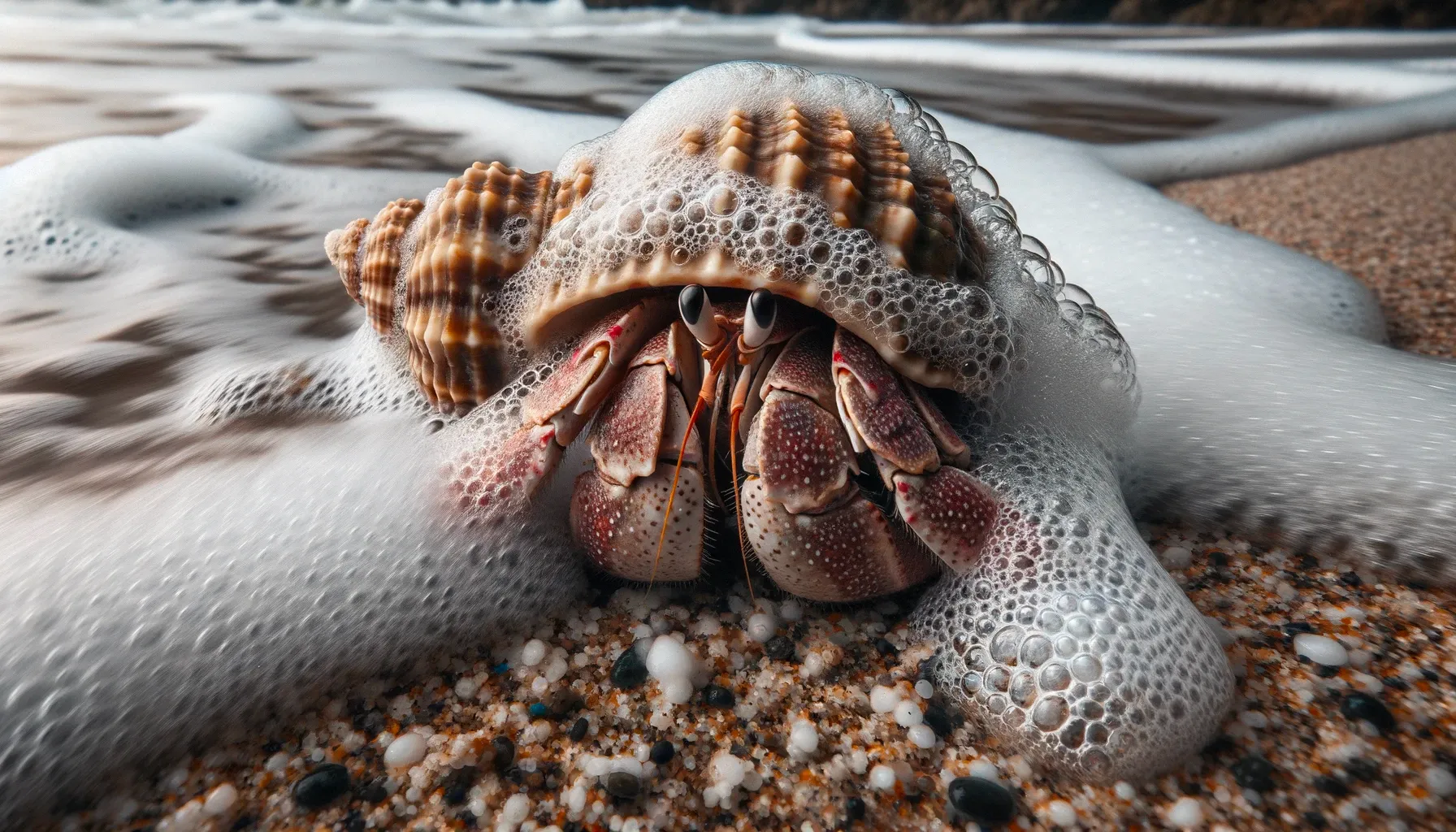

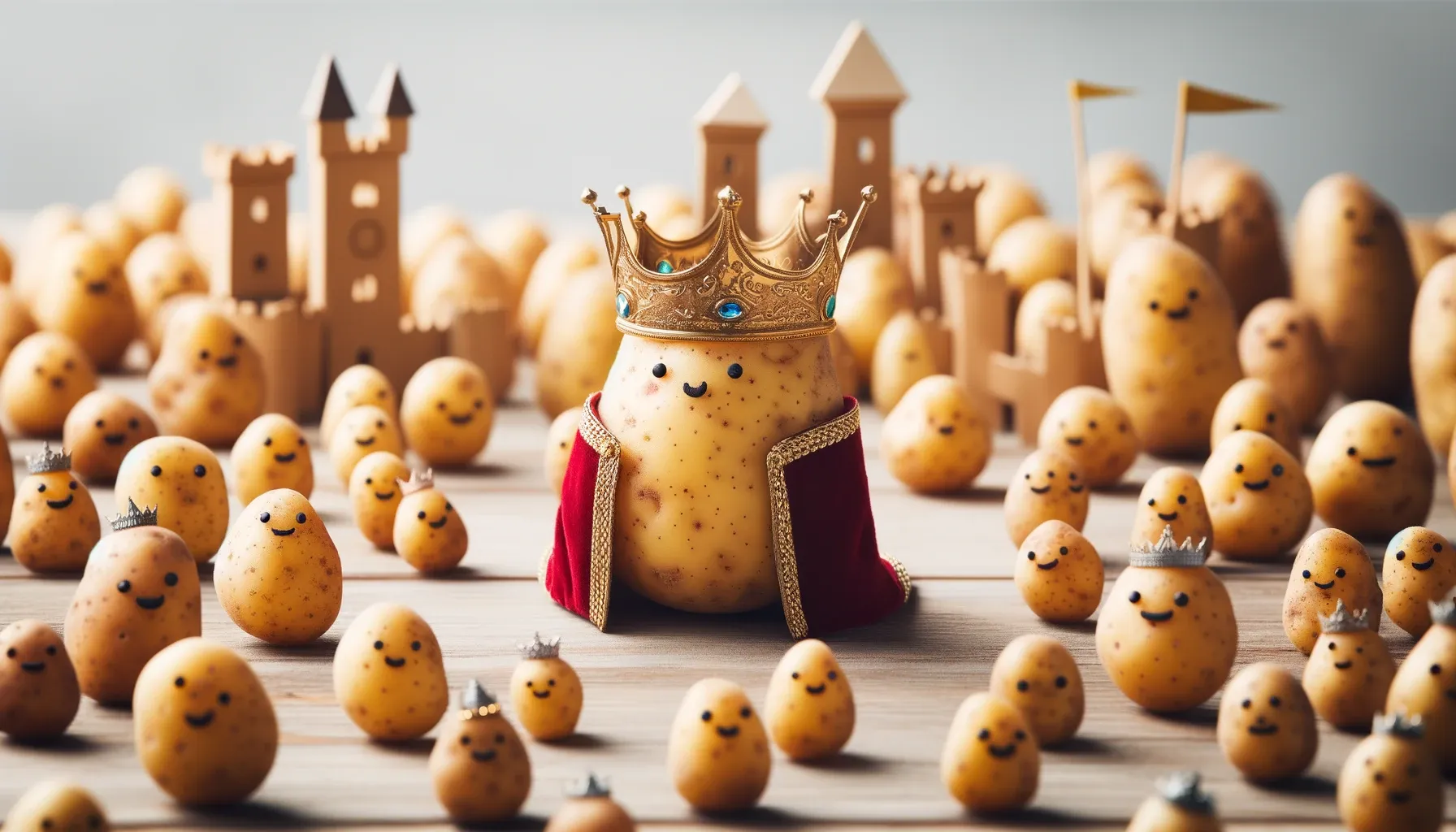
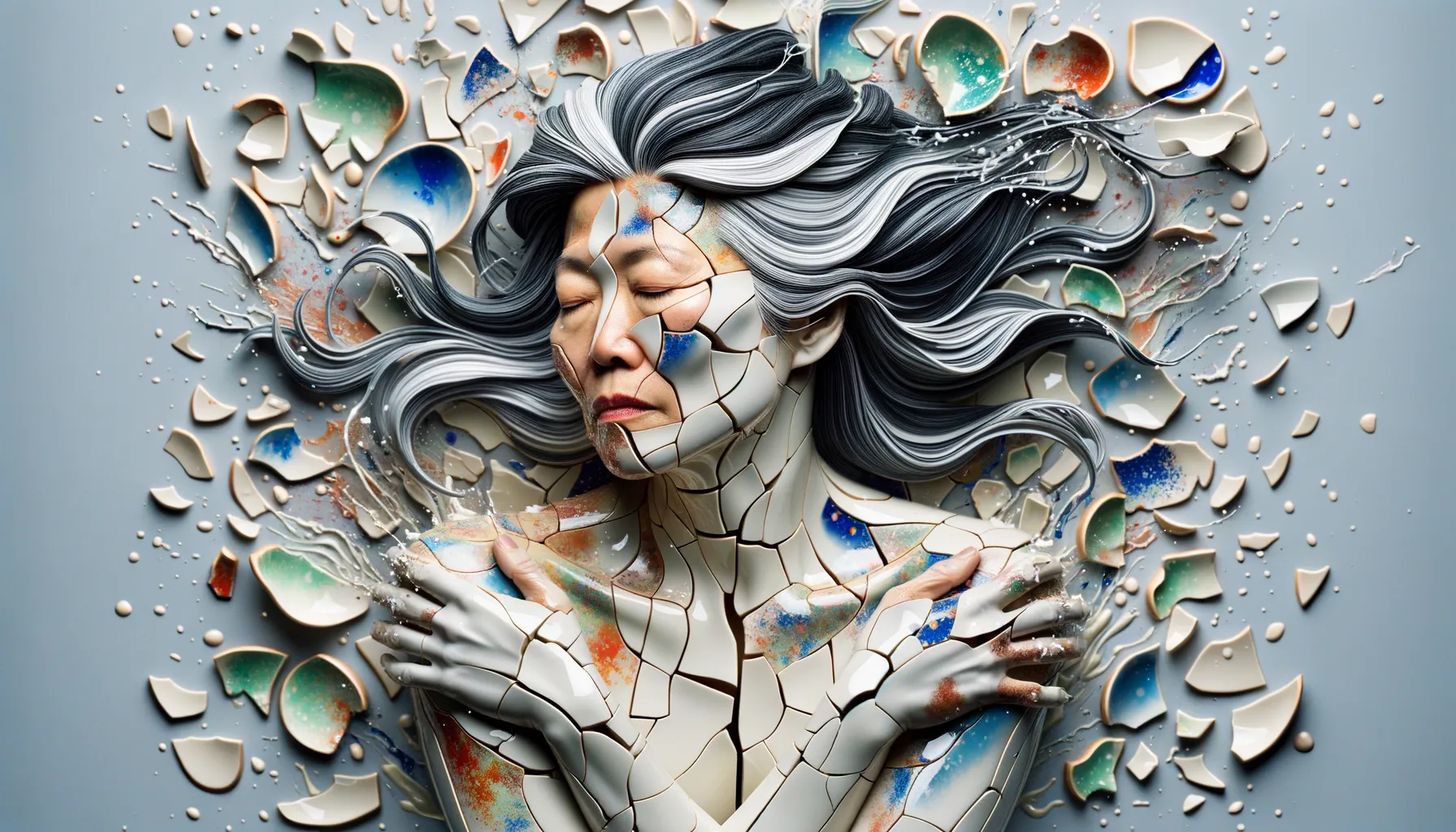
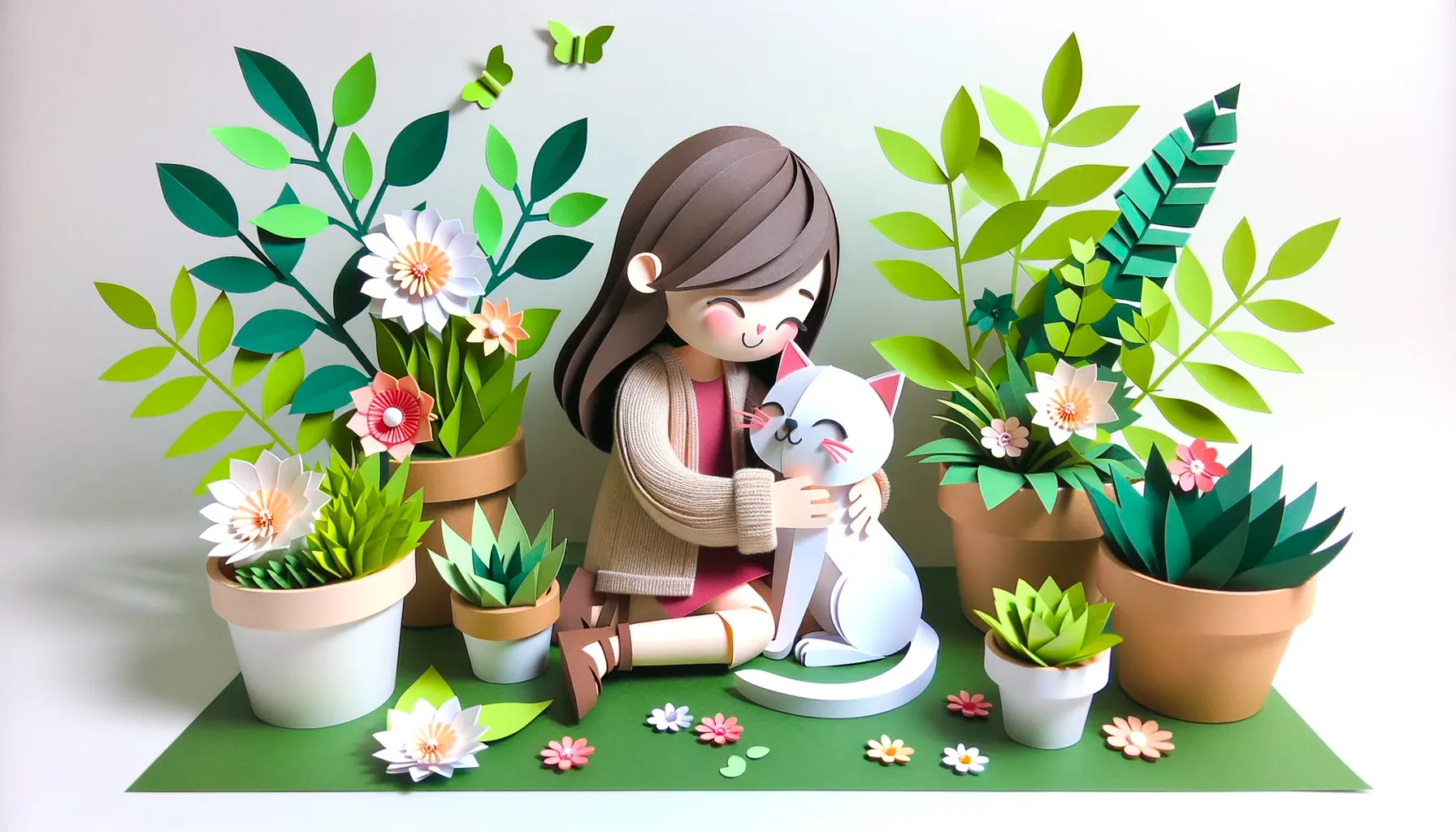
DALL-E 3 builds upon OpenAI’s groundbreaking DALL-E model first introduced in 2021, which demonstrated an unprecedented ability to create original images from text captions. However, it required significant fine-tuning of prompts to output suitable results. DALL-E 3 aims to overcome these limitations with its more powerful architecture optimizing for precision and adherence to prompt details.
DALL-E 3 is now in research preview for select customers, and will be available to users on OpenAI’s ChatGPT Plus and Enterprise plans in early October.
Uniquely, DALL-E 3 is natively built on top of ChatGPT, OpenAI’s popular conversational AI chatbot. This integration enables users to employ ChatGPT itself to interactively refine and detail their textual prompts for input into DALL-E 3. For example, ChatGPT can take a basic idea from the user and suggest extended prompts with additional specifics to better capture the desired image characteristics.
OpenAI also outlined steps it has taken to limit potential misuse of this powerful generative technology. As with prior versions, DALL-E 3 is designed to decline creating harmful, violent, or adult content. It will also refuse requests that directly name or depict specific public figures. The company is additionally testing tools to automatically detect AI-generated images to better understand how they might be utilized after creation.
While showcasing immense progress in AI creativity, DALL-E 3 also comes with important caveats. As a research preview, it is still an experimental system with limited availability. OpenAI acknowledges DALL-E 3 may occasionally generate images that do not fully match prompts or contain inaccuracies. There are also outstanding questions around how to properly credit AI artwork and avoid infringing on human creators.
Nonetheless, DALL-E 3 represents a significant milestone in AI research, affirming the rapid pace of advancement in text-to-image algorithms. The ability to translate written ideas into finely detailed visualizations with minimal human effort unlocks exciting possibilities, but also surfaces complex issues around responsible AI development. OpenAI’s measured rollout indicates their intention to innovate prudently despite the technology’s compelling capabilities.

